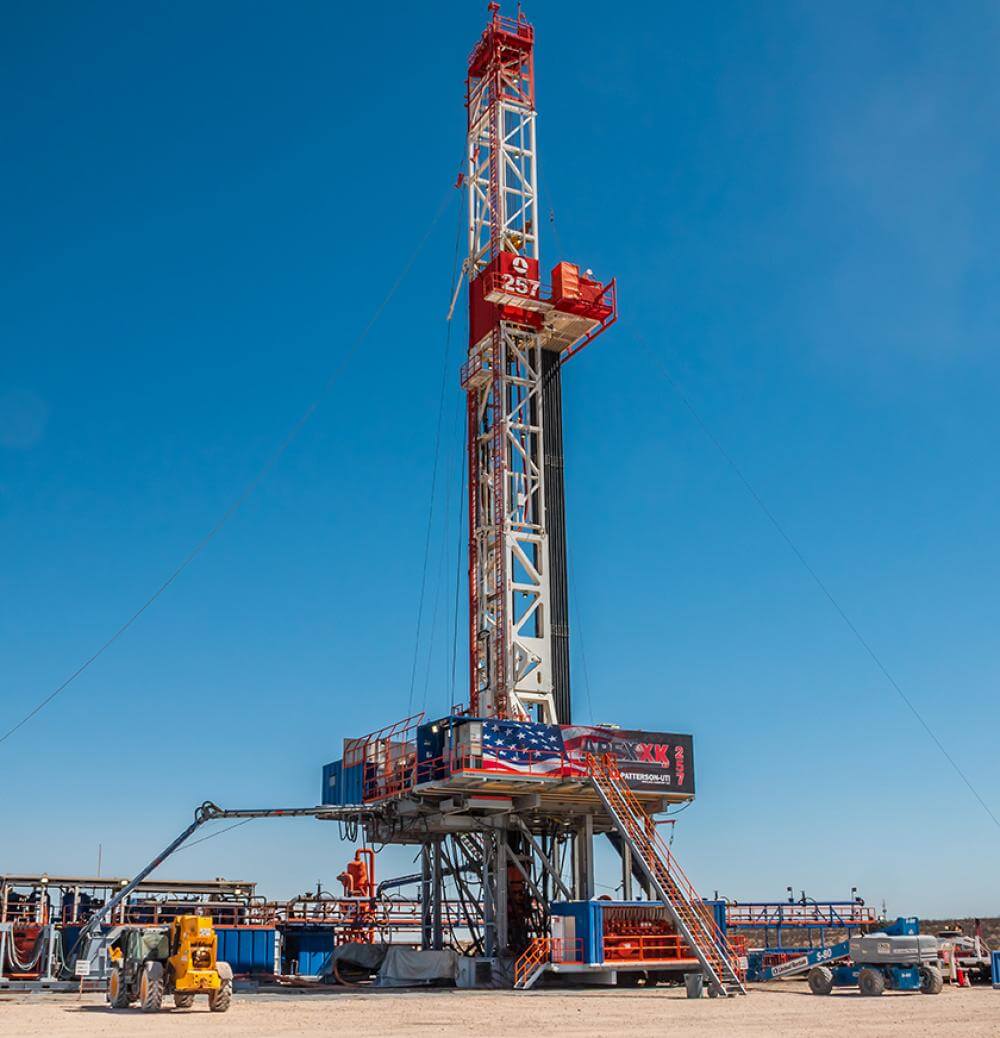When it comes to the oil and gas industry, "the rig" holds immense significance. It serves as the central platform where drilling operations take place, making it a crucial aspect of extracting valuable resources from beneath the earth's surface.
The term "rig" generally refers to a structure that supports drilling equipment and provides a stable platform for workers. It can be either land-based or offshore, with offshore rigs operating in marine environments. The primary purpose of a rig is to facilitate the drilling of boreholes into underground formations, allowing access to oil and gas reserves.
The importance of the rig in the oil and gas industry cannot be overstated. It represents a substantial investment, with costs varying depending on the type of rig, its capabilities, and the location of operation. However, the returns on this investment can be significant, as successful drilling operations lead to the extraction of valuable resources that fuel global economies.
- Cha Eunwoo Girlfriend The Hottest Buzz Around Asias Heartthrob
- Pearl Fernandez Beaten In Prison The Untold Story
The operation of a rig involves a complex interplay of equipment, technology, and expertise. It requires a highly skilled workforce, including engineers, geologists, and technicians, who work together to ensure safe and efficient drilling operations. The rig is equipped with advanced drilling systems, mud pumps, rotating equipment, and various monitoring and control systems to facilitate the drilling process.
Frequently Asked Questions (FAQs) about "the rig"
This section addresses common questions and misconceptions surrounding "the rig" in the oil and gas industry, providing concise and informative answers.
Question 1: What is the purpose of a rig in the oil and gas industry?
- Has Hailey Welch Been Nude The Truth Behind The Rumors
- Perry Stone Net Worth A Closer Look At The Wealth Of This Renowned Evangelist
Answer: A rig serves as the central platform for drilling operations, providing a stable base for equipment and personnel. It supports the drilling of boreholes into underground formations, allowing access to oil and gas reserves.
Question 2: What are the different types of rigs used in oil and gas operations?
Answer: Rigs can be classified into two main types: land-based rigs and offshore rigs. Land-based rigs operate on land, while offshore rigs are deployed in marine environments. Offshore rigs can be further categorized into various types, such as jackup rigs, semisubmersible rigs, and drill ships.
Summary of key takeaways or final thought:
Understanding the purpose and types of rigs is crucial for comprehending their significance in the oil and gas industry. Rigs represent substantial investments and play a vital role in accessing valuable resources that fuel global economies.
Conclusion
In conclusion, "the rig" stands as a cornerstone of the oil and gas industry, enabling the extraction of valuable resources that power our world. Its significance extends beyond its physical structure, encompassing the complex interplay of equipment, technology, and expertise required for safe and efficient drilling operations.
The future of the rig is inextricably linked to the evolving energy landscape. As the world transitions towards renewable energy sources, the demand for oil and gas is likely to fluctuate. However, the expertise and infrastructure developed for rig operations can be adapted to support the exploration and extraction of alternative energy sources, such as geothermal energy or carbon capture and storage.
By embracing innovation and adapting to changing market dynamics, the rig will continue to play a crucial role in meeting the world's energy needs, while also contributing to the development of a more sustainable and environmentally conscious energy future.
- Securely Connect Remote Iot Vpc Aws Not Working Windows The Ultimate Troubleshooting Guide
- Damon Imani On The View The Untold Story You Need To Know

